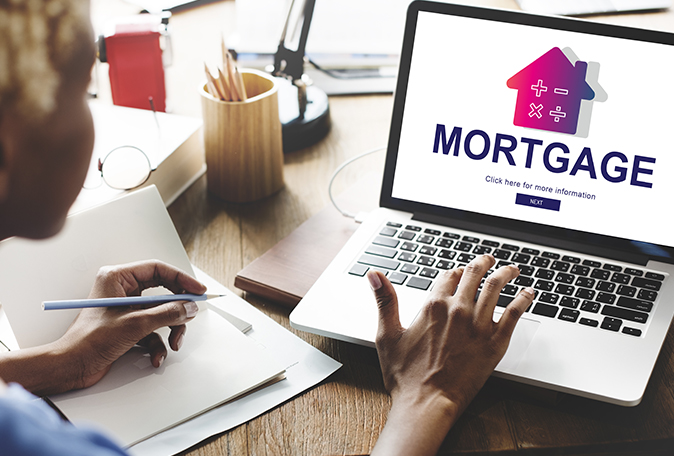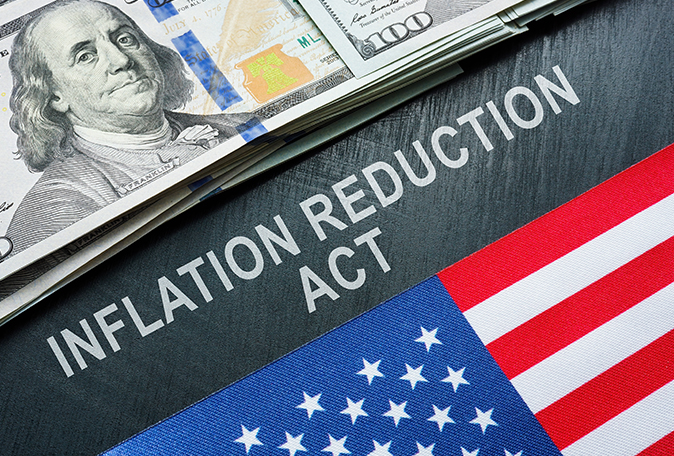Each dollar saved not only adds to personal wealth, but also decreases unnecessary consumption, fostering a healthier planet.
Money – it’s more than just paper and metal. It’s a powerful tool that can transform our lives, our communities, and our planet when used wisely. Each dollar we save and spend has the potential to create positive impacts far beyond our immediate surroundings. By mindfully allocating our resources, we have the power to support businesses that value environmental sustainability and social justice, contributing to a larger movement of conscious capitalism. Moreover, consistent saving habits can provide us financial freedom, allowing us to weather unexpected storms and plan for the future with confidence. It’s not just about accumulating wealth, it’s about stewardship and the responsible use of our resources. Money can be our ally in creating a just and sustainable world, but it starts with you. Will you be a part of this transformative journey?
Key Concepts:
1Home Affordability
The first key concept about money and homes is affordability. It’s crucial to understand that just because a bank may pre approve you for a certain loan amount, doesn’t mean you can comfortably afford that house. In general, housing expenses, including mortgage, taxes, insurance, and maintenance, shouldn’t exceed 28-33% of your gross monthly income. It’s essential to critically analyze your budget and future financial plans to ensure that you don’t overextend yourself. Affordability isn’t just about your mortgage; it’s about the cost of homeownership in its entirety. It includes everything from utility bills to maintenance, repairs, and insurance. Understanding the full cost of owning a home is vital to secure financial stability.
Fact: According to the Consumer Financial Protection Bureau, your mortgage payment should not exceed 28% of your gross monthly income.
2Emergency Funds
Owning a home comes with unexpected expenses. A sudden roof leak or a failing furnace can result in considerable costs. It’s essential to have an emergency fund to cover unexpected home repairs. A recommended amount is three to six months’ worth of living expenses, but every situation is different. These funds protect homeowners from going into debt due to unexpected repairs or changes in their financial situation. Having an emergency fund can provide peace of mind and financial security.
Fact: A report by Home Advisor found that homeowners spent an average of $1,105 on home repairs in 2020.

3Energy Efficiency
A critical concept for homeowners is the importance of energy efficiency, both in terms of cost savings and environmental impact. From using Energy Star appliances to investing in insulation, solar panels, or geothermal systems, homeowners can significantly reduce their utility bills and decrease their carbon footprint. Some states even provide incentives for green home improvements.
Energy-efficient homes are not only less expensive to run, but they also help reduce our carbon footprint. Energy efficiency is a valuable investment that saves money and promotes sustainability.
Fact: According to the U.S. Department of Energy, you can save up to 30% on energy bills with energy-efficient upgrades.
4Home Insurance
Home insurance isn’t just a requirement for most mortgages, it’s an essential safety net. It can protect you from financial ruin in the event of significant damage to your home. It’s important to understand the terms of your policy, what it covers, and how deductibles work. Consider coverage for scenarios like flooding or earthquakes if you live in high-risk areas. Home insurance provides protection against damages to your property and potential liability for injuries or damage to other people’s property. It’s a safeguard against unexpected financial loss.
Fact: One in twenty insured homes has a claim each year, according to Insurance Information Institute.

5Home Equity
Over time, as you pay off your mortgage and if the value of your home increases, you build home equity – the portion of your property that you truly own. This can be a powerful financial tool for things like home improvement projects, debt consolidation, or as a buffer in retirement. But it’s essential to be strategic about when and how you use it. Building home equity can be a long-term financial strategy, providing potential funds for home improvements, college tuition, or retirement. It’s an investment in your future.
Fact: Federal Reserve reports indicate that American homeowners had $19.7 trillion in equity in Q2 2021, a historic high.
6Mortgage Types and Interest Rates
Understanding different types of mortgages and interest rates is vital. Fixed-rate mortgages can provide stability, while adjustable-rate mortgages can offer lower initial rates. Consider the length of the mortgage as well – 15-year mortgages generally have lower interest rates but higher payments than 30-year mortgages. It’s critical to understand the long-term implications of your mortgage terms. Choosing the right mortgage can save you thousands over the life of your loan. It’s essential to understand your options and consider your long-term plans when choosing a mortgage.
Fact: Freddie Mac reports show that in 2020, 90% of refinancers chose a fixed-rate mortgage.

7Property Taxes
Property taxes can significantly impact your monthly housing costs and vary greatly depending on where you live. They fund critical community resources, such as schools and infrastructure. Understanding how they’re assessed and what to do if you think your property is overvalued is key to smart homeownership. These taxes fund public services, but they can also be a significant financial burden. Understanding how they are assessed can help you anticipate this cost and possibly appeal an overvaluation.
Fact: The Tax Foundation reports that in 2019, property taxes accounted for 31.1% of total U.S. state and local tax collections.
8Renovation ROI
While certain renovations can increase the value of your home, others may not offer a good return on investment (ROI). Before undertaking major home improvements, research which projects tend to yield higher ROI and consider consulting with a real estate professional. Not all home improvements increase a home’s value. It’s important to research and carefully plan renovations to ensure they provide a return on your investment.
Fact: According to the 2021 Cost vs. Value report, garage door replacements recoup an average of 93.8% of costs.

9Healthy Homes
Financial considerations are just one aspect of homeownership. It’s equally important to ensure your home promotes good health. This can mean using low VOC paints, ensuring good indoor air quality, and keeping your home free from hazards like lead or mold. Creating a healthy living environment can reduce potential health risks. From good ventilation to the use of non-toxic materials, every choice can impact your wellbeing.
Fact: The World Health Organization reports that indoor air pollution is responsible for 3.8 million deaths globally each year.
10Resilient Homes
As climate change brings more severe weather, it’s crucial to build and retrofit homes to be resilient. This may involve measures like fire-resistant materials in wildfire-prone areas or raised foundations in flood zones. Investments in resilience can prevent significant costs down the line and provide peace of mind. Building homes to withstand the impacts of climate change can prevent significant future costs and help ensure the safety of occupants. Resilience is an investment in future protection.
Fact: According to the National Institute of Building Sciences, every $1 spent on hazard mitigation (including resilient construction) saves the nation $6 in future disaster costs.

In the broader context, smart homeownership can contribute to larger societal goals. By choosing sustainable options, we can drive demand for greener products and services, helping to reduce carbon emissions. By investing in our local communities through property taxes, we can support social infrastructure and resources.
Special Considerations for Affordable Housing Projects:
1Securing Financing
The most significant initial step in an affordable housing project is securing adequate funding. This often involves a blend of public funds, private investment, tax credits, and potentially grants. Understanding the different sources of funding and how to access them is crucial
2Cost-Efficiency in Design and Construction
It’s essential to plan for cost-efficient design and construction without compromising quality. This includes choosing cost-effective, durable materials, efficient design to minimize waste, and using sustainable technologies that can reduce future operating costs.
3Location and Land Costs
The cost of land can significantly impact a project’s feasibility. Proximity to services and transportation also needs to be considered. Land in more remote areas may be cheaper, but it may also mean higher infrastructure costs and less access to community resources.
4Long-term Sustainability
Affordable housing projects need to consider long-term operational costs, including maintenance, utilities, and potential future upgrades. Energy-efficient design can significantly reduce these costs and ensure long-term affordability for residents.
5Regulatory Compliance
Compliance with local zoning and building regulations, as well as any requirements tied to public funding, can have a significant impact on a project’s costs. This can include everything from minimum square footage per unit to the percentage of units that must be accessible for persons with disabilities. Understanding and budgeting for these requirements at the outset is vital.





